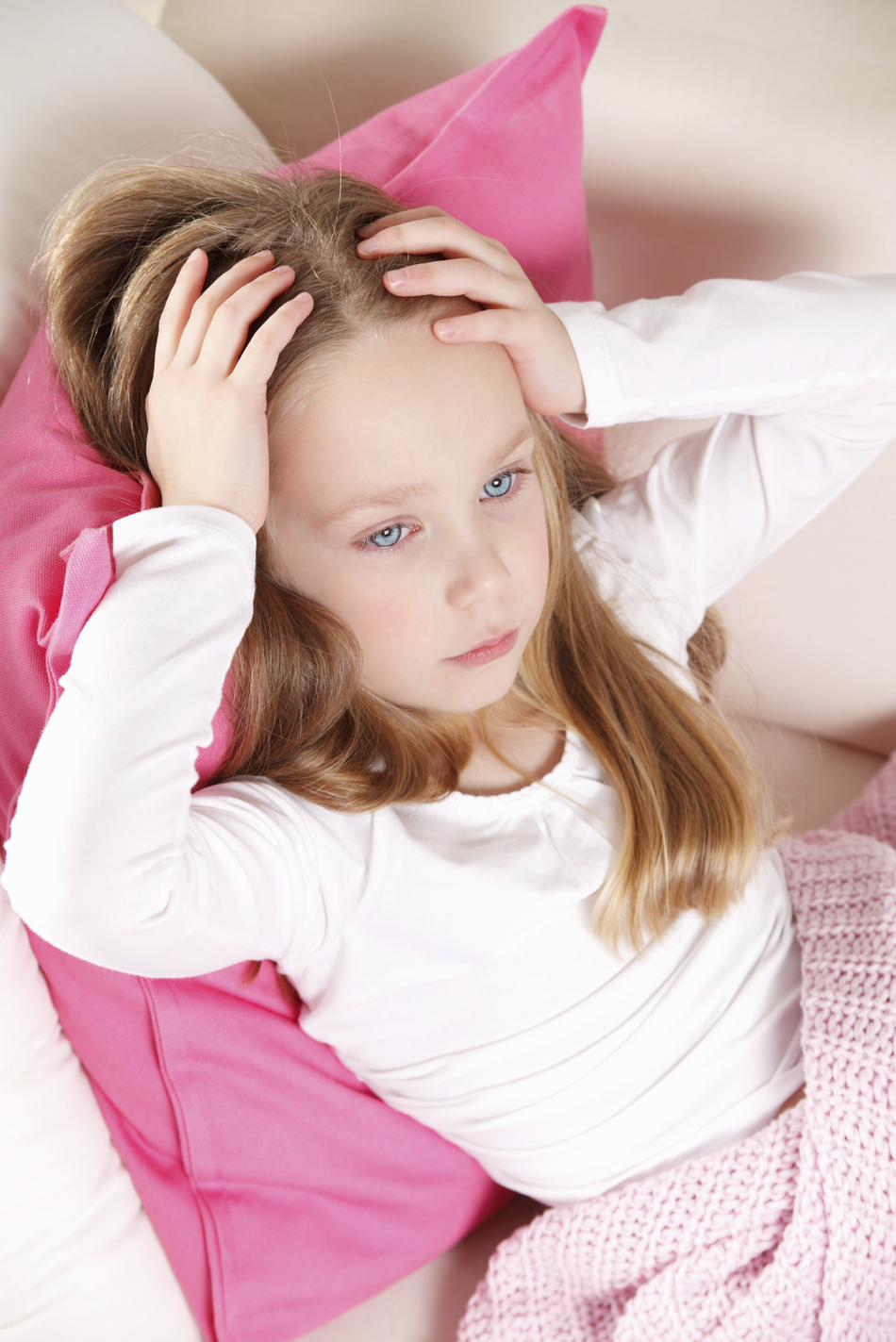Episode Transcript
Dr. Gellner: It's common for active kids to bonk their heads, but when should you worry? I'm Dr. Cindy Gellner and I'll tell you all about head injuries today on The Scope.
Announcer: Keep your kids healthy and happy. You are now entering "The Healthy Kid Zone" with Dr. Cindy Gellner on the Scope.
Dr. Gellner: We've all been there as parents. You see it happening, but you just can't get there fast enough to stop it. Your child falls or gets hit in the head. The first rule: don't panic. Remember there are three main types of head injuries.
The first and most benign is a scalp injury. Most head injuries are scalp injuries. It's common for children to fall and hit their heads at some point while growing up. This is especially common when a child is learning to walk. Falls often cause a bruise on the forehead and sometimes black eyes appear one to three days later because the bruising spreads downward by gravity. Big lumps can occur with minor injuries because there's a large blood supply to the scalp. For the same reason, small cuts on the head may bleed a lot.
One head injury to worry about is a skull fracture. Severe head injuries that you can't see on the outside of the head could be a skull fracture or a concussion. Only 1 to 2% of children with head injuries will get a skull fracture. Usually, there are no other symptoms except a really bad headache at the site where the head was hit.
The one that everyone worries about is a concussion. A concussion is a mild injury to the brain that changes how the brain is normally working. It usually is caused by a sudden blow or jolt to the head. Many children bump or hit their heads without causing a concussion. Signs of a concussion can include headache, nausea and vomiting, dizziness and confusion, forgetting what happened around the time of the injury, acting dazed, or being knocked out. Of note, a person does not need to be knocked out or lose consciousness in order to have a concussion.
If your child has a concussion, there may be some ongoing symptoms such as mild headaches, dizziness, thinking difficulties or behavioral and emotional changes for several days, two weeks, or even longer. All children with a concussion need to have a follow-up with their pediatrician.
So how can you take care of your injured child? For scalp injuries, simple wound care is all that needs to be done. If the skin is split open and might need stitches, have them seen right away. If there is just a scrape, wash it off with soap and water. Then, apply pressure with a clean cloth for 10 minutes to stop any bleeding.
For any small cuts, apply an over-the-counter antibiotic ointment twice a day until the wound has healed. For swelling, put a cold pack or an ice bag on for 20 minutes. This will help their pain as well. Encourage your child to lie down and rest until all symptoms have cleared or for at least two hours. Your child can be allowed to sleep. You don't need to keep trying to wake them up continuously. Just have them sleep nearby so that you can periodically check on them.
Vomiting is common after some serious head injuries. Only give clear fluids until your child has gone two hours without vomiting. For pain, you can give Tylenol or Ibuprofen as needed, but be sure to wait two hours after the injury to make sure your child isn't going to vomit up the medicine if they hit their head pretty hard. You also don't want to mask any concerning symptoms with the pain medications.
Although your child is probably fine, watch him or her closely for 48 hours after the injury. Awakening the child to check on the ability to walk and talk isn't really necessary unless his or her breathing or sleep pattern becomes abnormal. If your child does fine for 48 hours, go about your normal routine.
It's also not necessary to check your child's pupils to make sure they're equal in size. Unequal pupils are never seen before other symptoms such as confusion and trouble walking. Head injuries will happen for your child; that's a guarantee. Being prepared for when it does happen will take a lot of the fear out of this scary injury.
Announcer: TheScopeRadio.com is University of Utah Health Sciences radio. If you like what you heard, be sure to get our latest content by following us on Facebook. Just click on the Facebook icon at TheScopeRadio.com.
